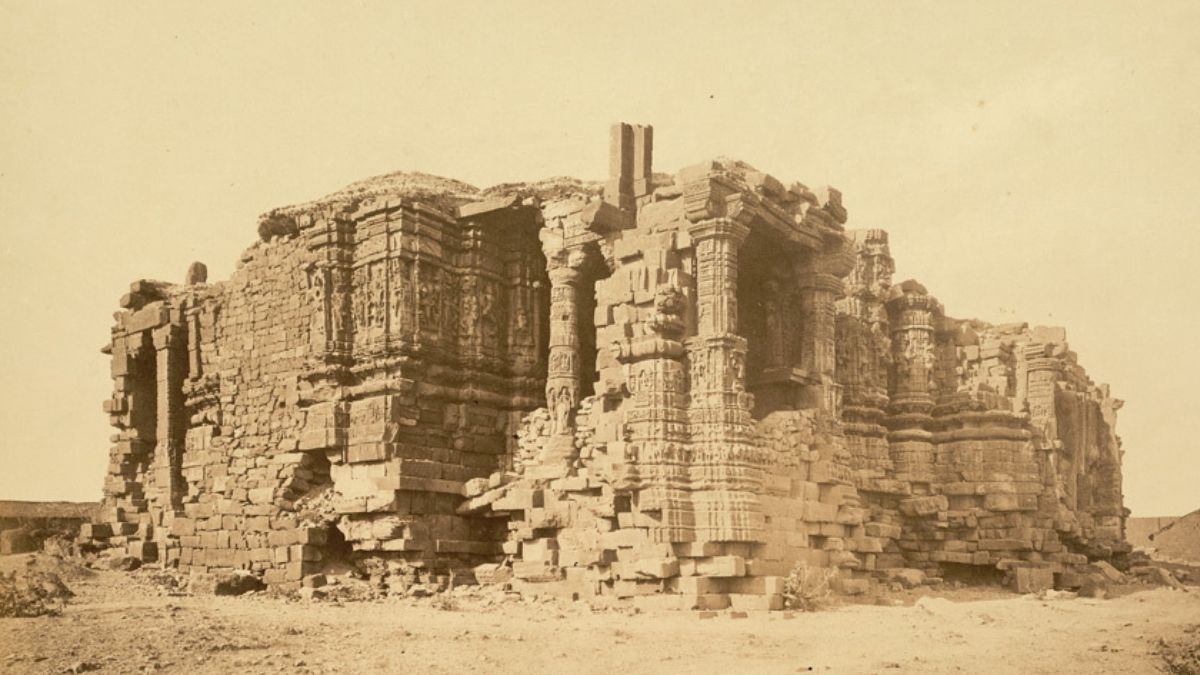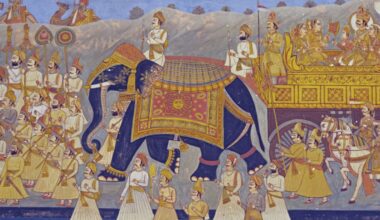The rich tapestry of Indian heritage is adorned with majestic monuments that bear witness to centuries of cultural, artistic, and architectural evolution. However, this legacy has not been immune to the ravages of time and conquest. Among the most significant chapters in the history of Indian monuments is the impact of Muslim invaders, whose conquests brought about widespread destruction and alteration to these revered sites. This article delves into the profound consequences of Muslim invasions on Indian monuments, examining the motivations behind the destruction and the enduring legacy of these tumultuous periods.
The Rise of Muslim Invaders
The period of Muslim invasions in India spans several centuries, beginning with the incursions of Arab armies in the 7th century and culminating with the establishment of various Islamic dynasties such as the Ghaznavids, Ghurids, Delhi Sultanate, and the Mughal Empire. These conquests were driven by a complex interplay of factors including territorial expansion, religious zeal, and the desire for wealth and power.

Destruction as a Tool of Conquest
For Muslim invaders, the conquest of India was not merely a military endeavor but also a cultural and religious one. As conquerors, they sought to assert their dominance and impose their faith on the indigenous population. One of the most visible manifestations of this conquest was the systematic destruction of Indian monuments, particularly those associated with Hinduism, Buddhism, and Jainism. These acts of vandalism served multiple purposes, including erasing traces of pre-Islamic civilizations, intimidating local populations, and asserting religious superiority.
Iconoclasm and Religious Intolerance
The destruction of Indian monuments by Muslim invaders was often driven by religious zeal and a sense of iconoclasm. Many invaders viewed the symbols and iconography of other faiths as antithetical to Islam and sought to eradicate them. This led to the desecration of temples, shrines, and other sacred sites, often accompanied by acts of violence against priests and worshippers. The most infamous examples of such destruction include the razing of the Somnath Temple by Mahmud of Ghazni and the demolition of the Babri Masjid in Ayodhya.
Transformation and Adaptation
While the impact of Muslim invasions on Indian monuments is undeniable, it is important to recognize that these periods of upheaval also facilitated cultural exchange and artistic innovation. Muslim rulers patronized the construction of mosques, tombs, and palaces, blending Islamic architectural elements with indigenous styles. This fusion of influences gave rise to iconic landmarks such as the Qutub Minar, the Taj Mahal, and the Red Fort, which continue to captivate visitors from around the world.

Preserving India’s Heritage
In the modern era, efforts to preserve and protect India’s rich cultural heritage have gained momentum. Government agencies, heritage organizations, and conservationists are working tirelessly to safeguard monuments from further degradation and vandalism. Initiatives such as UNESCO World Heritage Sites designation, heritage tourism, and community engagement programs play a crucial role in raising awareness about the importance of preserving India’s architectural treasures for future generations.
The legacy of Muslim invasions on Indian monuments is complex and multifaceted. While these periods of conquest brought about widespread destruction and upheaval, they also contributed to the cultural mosaic of India, shaping its architectural heritage in profound ways. By understanding the motivations behind the destruction of Indian monuments and acknowledging the enduring impact of these tumultuous periods, we can strive towards a more inclusive and respectful appreciation of India’s rich cultural tapestry. Preserving these monuments is not just about protecting bricks and mortar; it is about safeguarding the collective memory and identity of a nation.










